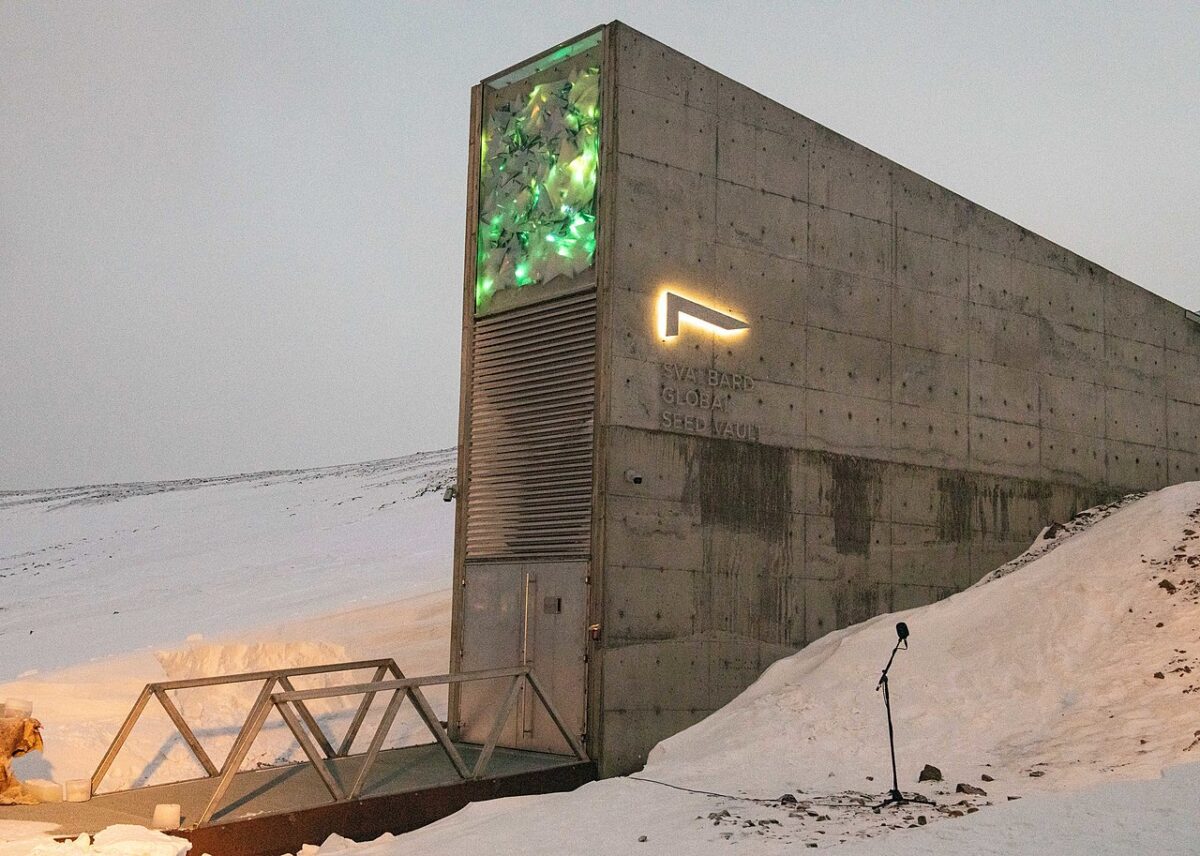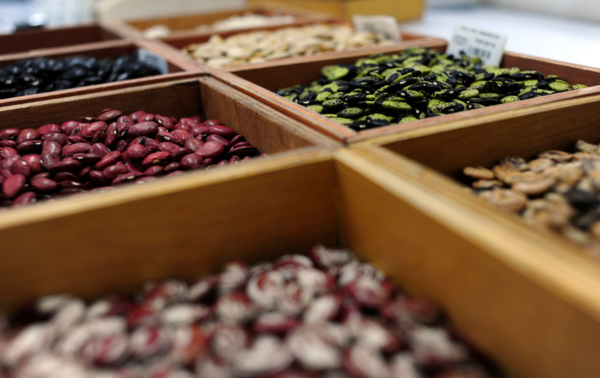An Introduction
Seed banks are facilities which store seeds of different kinds of plants, with the intention of preserving genetic diversity. Colloquially, they are akin to libraries for plants, where they preserve knowledge of different species through seeds.
They store seeds in cold and dry conditions, for prolonged preservation of seeds and to maintain viability.

The most popular seed bank in the world is the Svalbard Global Seed Vault aka the ‘Doomsday Vault’ located deep inside a mountain on a remote Norwegian island on the Arctic Svalbard archipelago. The Doomsday Vault consists of an estimated 1.1 million seed samples (as of 2022), and has a full storage capacity of 4.5 million seed samples. Each sample consists of a bag of 500 odd seeds.
Seeds are usually deposited in the Doomsday Vault by other smaller gene banks, on an international, national and regional scale. However, the Vault has also recorded a few instances of indigenous communities depositing their samples. For example, the Cherokee Nation of the US deposited 9 samples of heirloom food crops, antecedent to colonization, in 2020.
The Vault cost USD 8.8 million to build, and was funded by the Norwegian government. However, the seeds are the property of the depositor, and nobody can access seeds deposited by someone else, without permission.
The Vault contains 13000 years of agricultural history, and is of vital importance to humankind. However, seed banks in India operate on a smaller scale, and have different aims. Stay tuned to learn more about how Indian seed banks operate, and their aims!
By – Mrinalini Natarajan
Sources:
https://time.com/doomsday-vault/https://en.wikipedia.org/wiki/Svalbard_Global_Seed_Vaulthttps://www.croptrust.org/work/svalbard-global-seed-vault/
